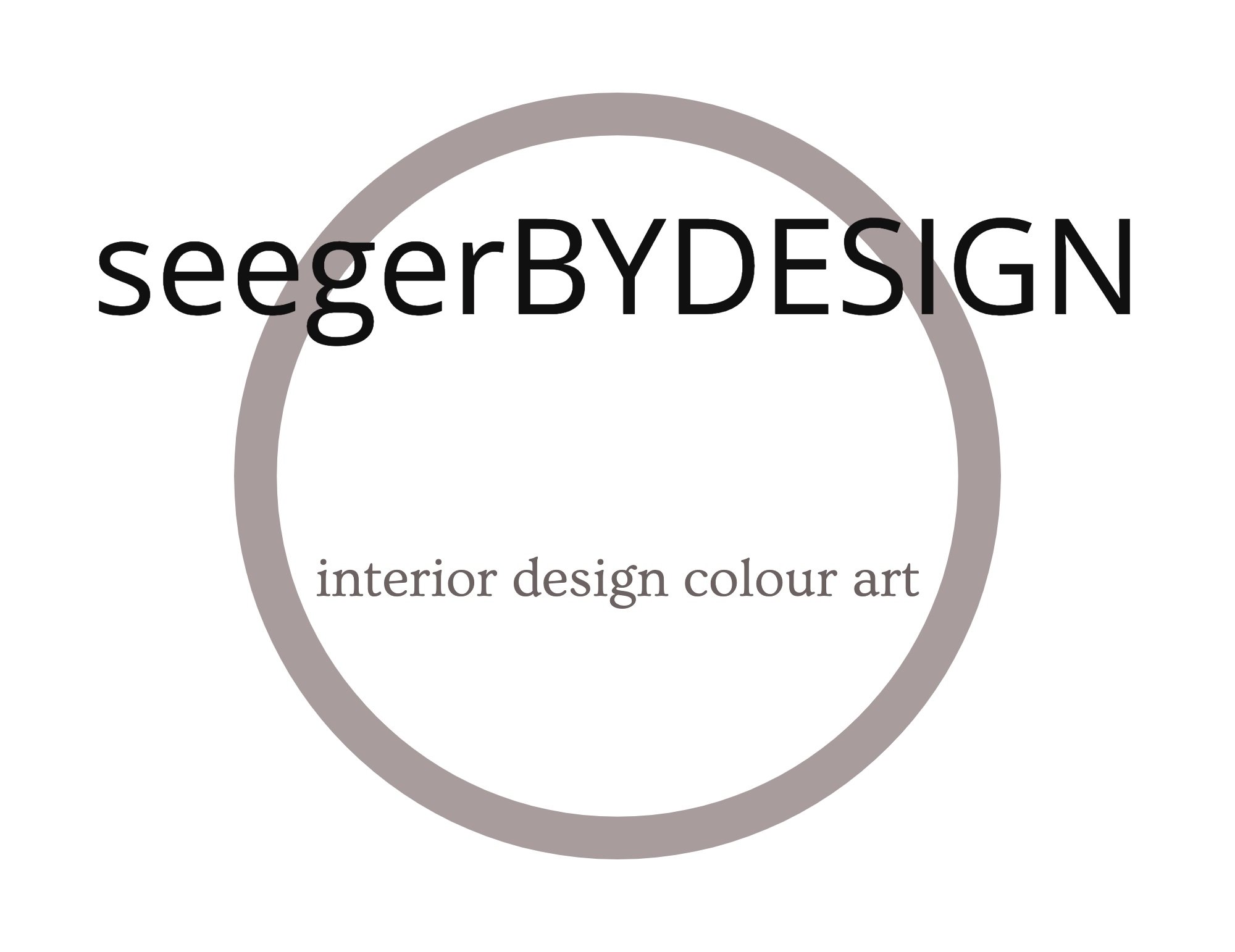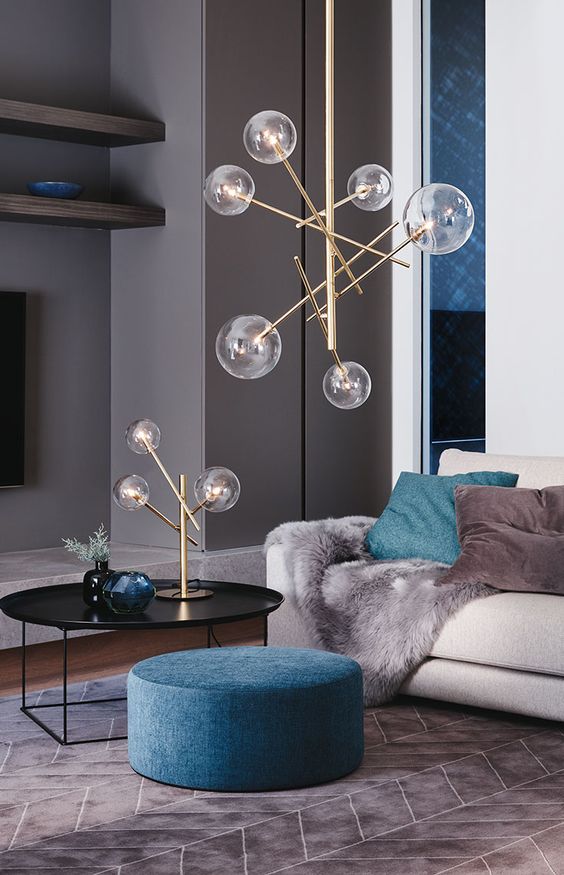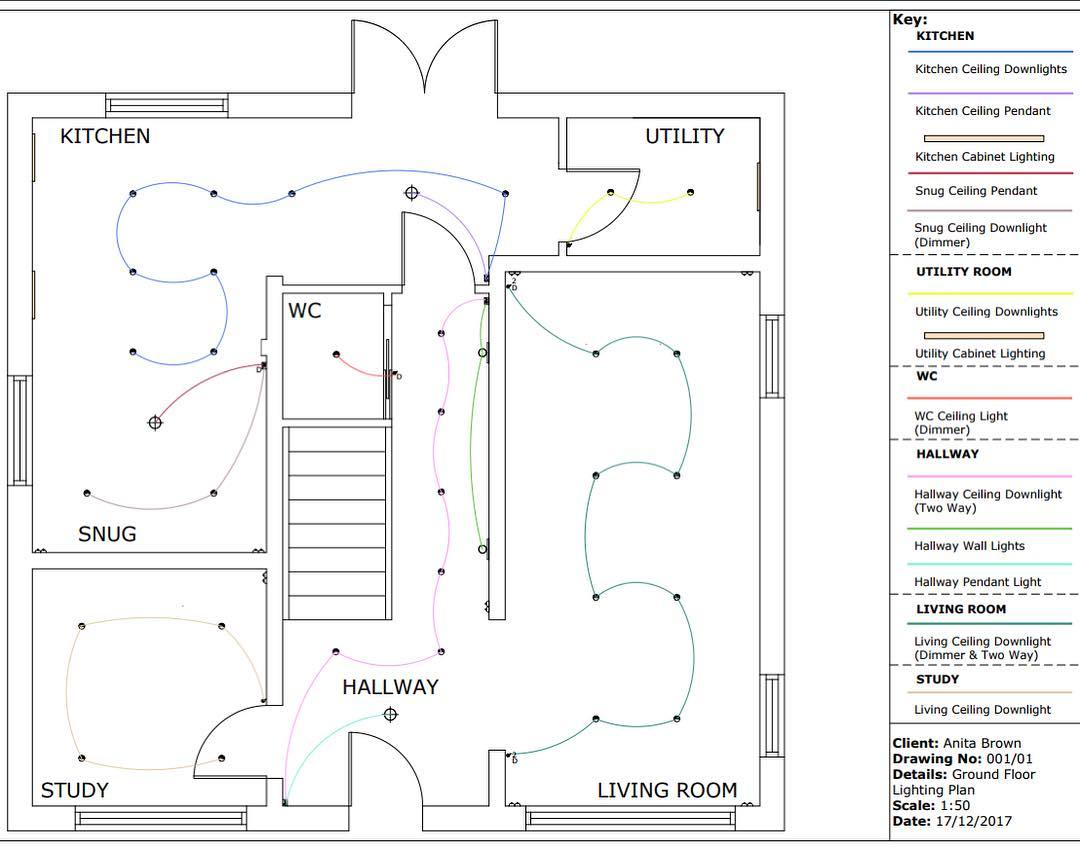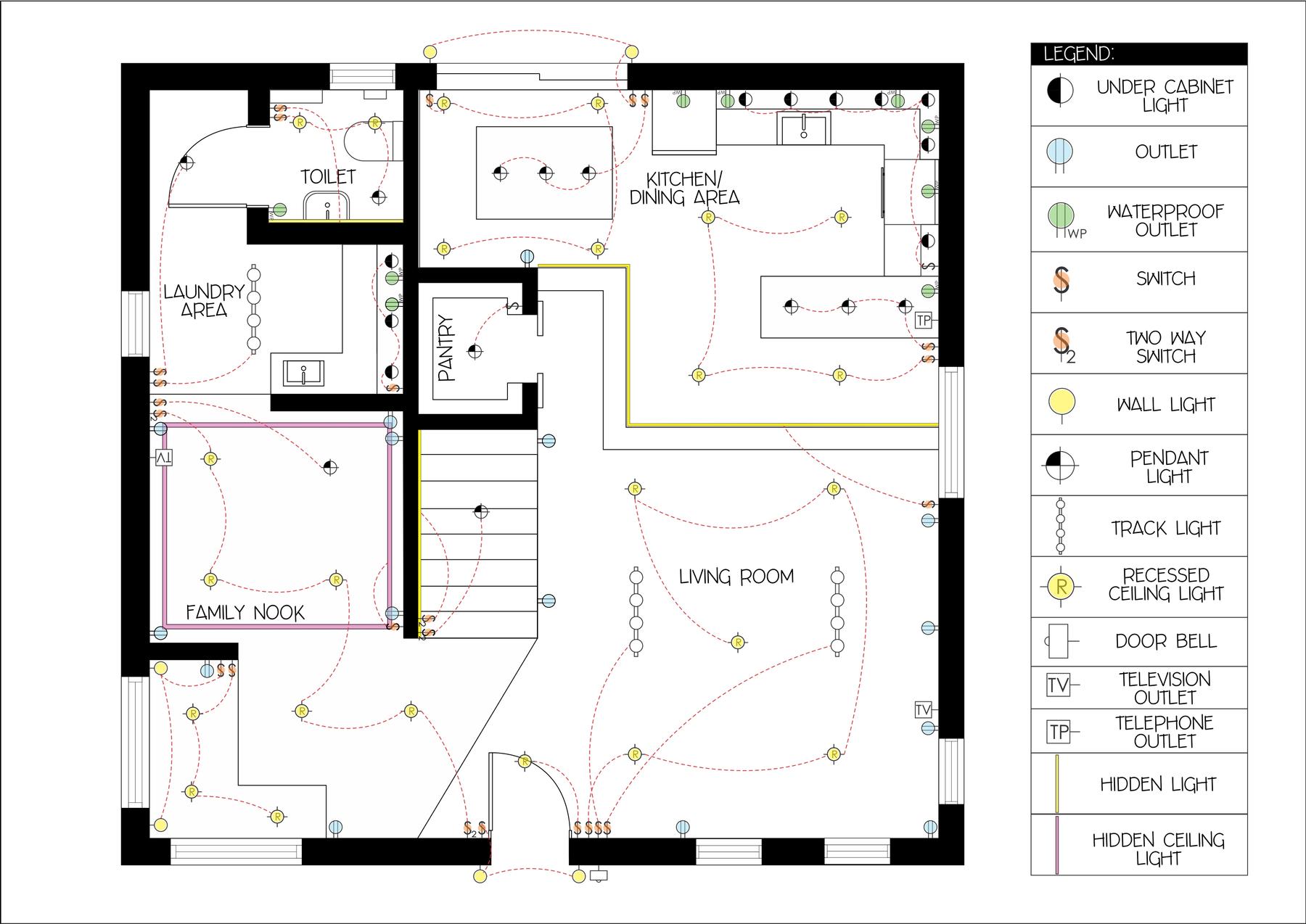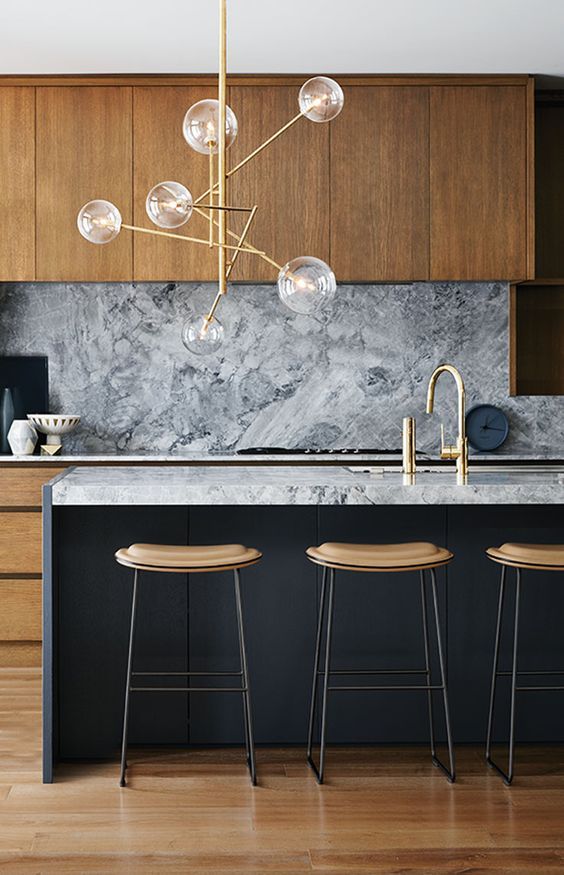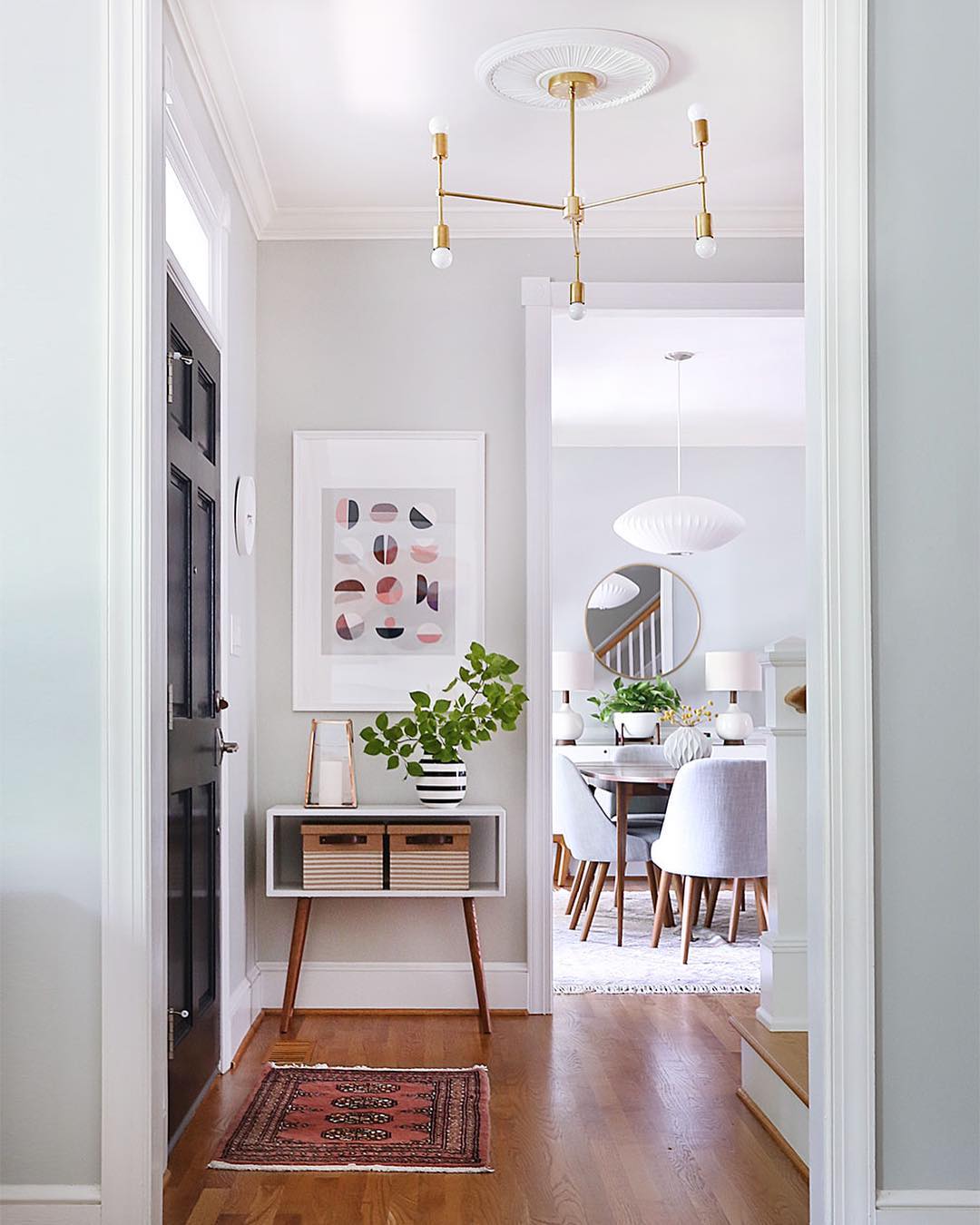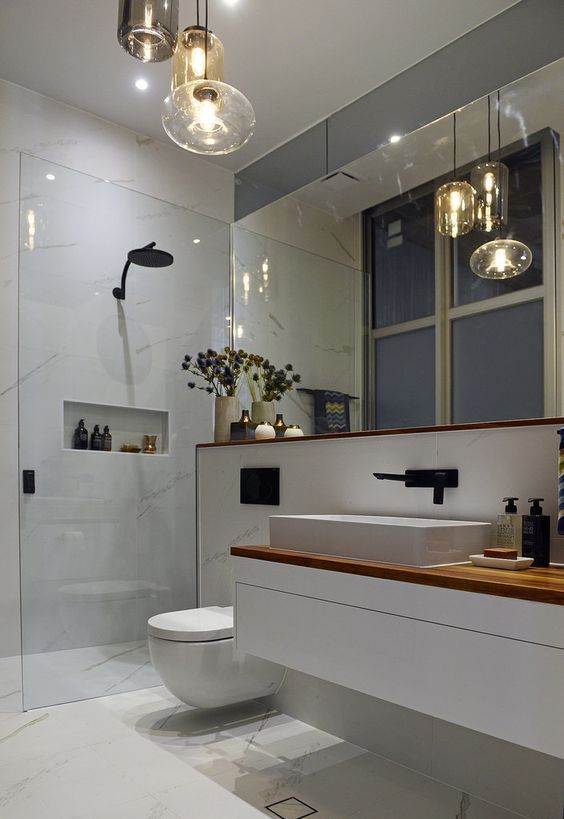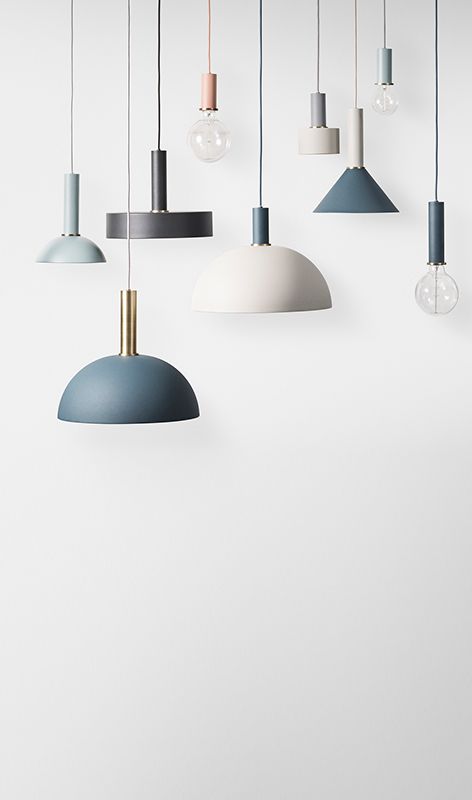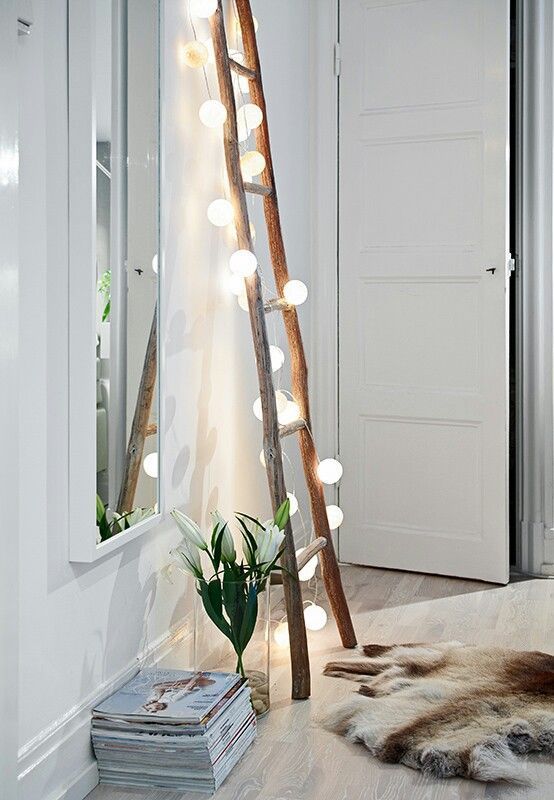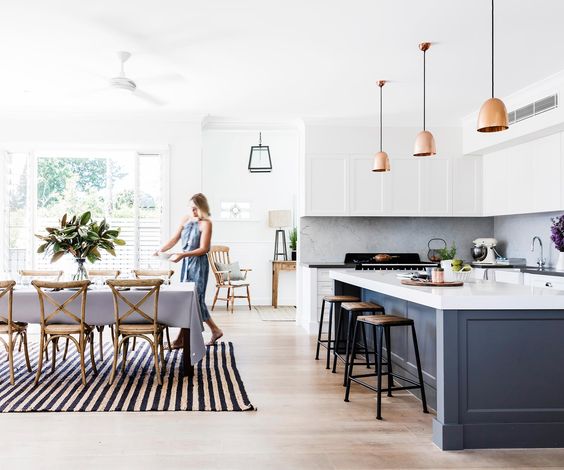Lighten Up Or You'll Be Left In The Dark…
Natural light is optimal, but not all spaces are offered this luxury - so do your homework.
How often have you walked into a restaurant where you want to relax, chat with friends… but the light overhead makes you feel like you're in the dentist chair?
You walk straight out and don't recommend it to friends, no matter how delicious the food is.
Light is associated with happiness, joy, hope… it's also crucial in interior design.
Your lighting plan is an integral part of the design project. It's important to ask yourself at the start of the project - what is the intended use of the space; what atmosphere do I want to inject; what look am I wanting to achieve; do I need to make the space look larger and longer; more intimate; do I want to highlight a specific feature?
In answering these questions, create a lighting plan that encompasses general, ambient, task, decorative and accent lighting.
Consider a mix of lighting for a layered effect to create even light distribution, and a balanced aesthetic - most importantly, our aim is to create a functional and comfortable place to be.
…recessed, strips, pendants, chandeliers, lamps, tracks, spot, plinth, wall…
Aim for hidden sources - this doesn't mean hiding the light fixture - wash the walls with light, reflect the light, allow the light to glow, to pool, to cast shadows… playing with light is an art form.
Let's be practical
In creating the lighting plan, check the correct light fixtures are specified, the correct switches noted, as well as their positions. Is there a switch at the top and bottom of the stairs to control that one central fixture?
Are the switches placed in a practical position on opening the door (not behind the door); and are they at the right height?
Have you got a dimmer switch for your dining table pendant?
Have you considered the colours of the walls - light colours reflect light, and dark colours absorb light.
Don't forget to consider the position of outlets for standing, occasional and desk lamps (decorative, ambient and task lighting.)
Check position and quantity: You don't want a gloomy room or hot spots, where you feel like you're under interrogation.
Have you considered wall lights either side of your bathroom vanity mirror to reduce shadows over your face?
Is the scale of the fixture going to interrupt the beautiful view? Is the fixture hung too high so that the room feels unbalanced?
Insert a strip light under your floating vanity to make the small bathroom look larger.
Recess your lighting in the floor of your corridor to make the space look longer, and to show direction.
Use your track lighting for general and directional lighting - highlight an artwork or your kitchen benchtops.
Consider LEDS as recessed - halogens get hot in the ceiling cavity (LEDs are more sustainable).
Use sensors, motion detectors or timers on your stairs and in rooms used less often i.e. garages, pantries, storerooms, outside lighting.
Did you know?
Fluorescent lighting emits UV rays and infrared radiation (not a good idea in a kitchen or pantry.)
A LED downlight can last for up to 25 times longer than a halogen.
It might seem obvious to some, but dimming your lights, cuts your electrical costs.
The brightness of a lamp is measured in lumens.
